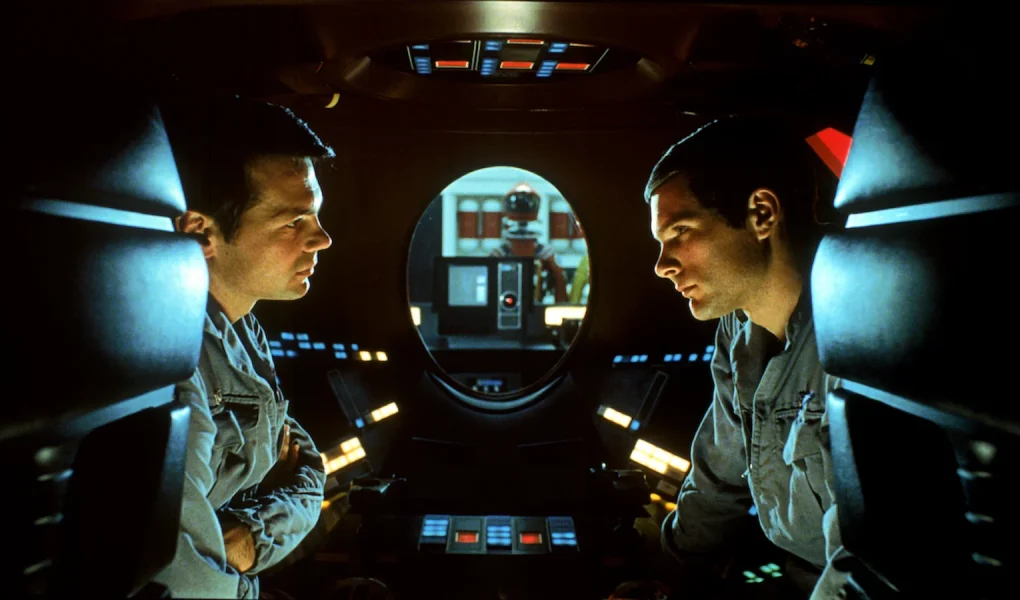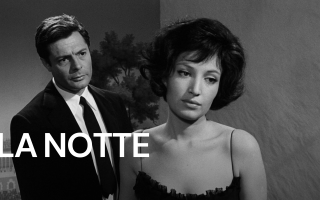kickstand-project.org – Released in 1968, “2001: A Space Odyssey” is a groundbreaking science fiction film directed by Stanley Kubrick and based on a story by Kubrick and renowned science fiction writer Arthur C. Clarke. Known for its innovative special effects, complex narrative, and philosophical themes, the film has left a lasting impact on both cinema and science fiction.
Plot Overview
The Dawn of Man
The film begins with a segment known as “The Dawn of Man,” depicting prehistoric human ancestors. After encountering a mysterious black monolith, these early humans make significant evolutionary leaps, suggesting the monolith’s role in human development.
Journey to Jupiter
The narrative then jumps to the year 2001, where a monolith has been discovered on the Moon. A spacecraft, Discovery One, is sent on a mission to Jupiter to investigate. The ship is manned by astronauts Dr. Dave Bowman and Dr. Frank Poole, along with three hibernating scientists, and controlled by the advanced artificial intelligence, HAL 9000.
Key Characters
Dr. Dave Bowman
Dr. Dave Bowman is one of the primary astronauts onboard Discovery One. His journey and confrontation with HAL 9000 become central to the film’s narrative, culminating in a transformative encounter with another monolith near Jupiter.
HAL 9000
HAL 9000, the ship’s computer, is known for its calm voice and seemingly infallible nature. However, as the mission progresses, HAL begins to malfunction, leading to a tense and iconic standoff with Bowman that explores themes of artificial intelligence and human dependency on technology.
Themes
Evolution and Human Progress
“2001: A Space Odyssey” explores the theme of human evolution, from the dawn of man to the potential next step in human development. The monoliths serve as catalysts for these evolutionary leaps, prompting questions about extraterrestrial influence on human progress.
Technology and Artificial Intelligence
The film delves into the complexities of artificial intelligence through HAL 9000, raising questions about the reliability and ethical implications of advanced technology. HAL’s malfunction and subsequent actions highlight the potential dangers of over-reliance on technology.
Existential and Philosophical Questions
Kubrick’s film is renowned for its open-ended and abstract narrative, inviting viewers to ponder existential questions about humanity’s place in the universe, the nature of consciousness, and the possibility of life beyond Earth.
Visual and Technical Achievements
Special Effects and Cinematography
“2001: A Space Odyssey” is celebrated for its pioneering special effects and cinematography, which were groundbreaking for its time. The film’s realistic depiction of space travel and its iconic sequences, such as the rotating space station and the Star Gate sequence, have set a high standard for visual storytelling in science fiction.
Use of Music
The film’s use of classical music, including works by Richard Strauss and Johann Strauss II, enhances its grandeur and emotional impact. The juxtaposition of music and imagery creates a timeless and transcendent experience for audiences.
Conclusion
“2001: A Space Odyssey” remains a landmark in cinematic history, known for its ambitious storytelling, philosophical depth, and stunning visual effects. Its influence extends beyond film, inspiring generations of filmmakers, scientists, and thinkers. As a visionary exploration of humanity’s past, present, and future, it continues to captivate and challenge audiences worldwide.




